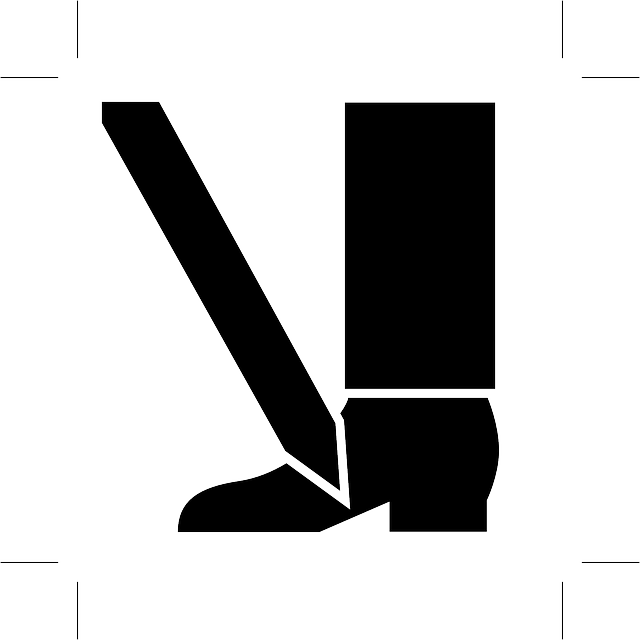Legal filing deadlines, set by statutes and court rules, vary across jurisdictions for civil cases like personal injury (1-3 years), nursing home neglect (also 1-3 years), and wrongful death (typically 2 years). Missed deadlines can result in case dismissal. Wrongful death statutes of limitations require plaintiffs to file within a specific time frame post-incident, emphasizing the need for experienced legal counsel to protect victims' rights and ensure access to justice.
“Unraveling the mystery of filing deadlines, especially in the complex legal landscape, is crucial for every individual and entity. This article aims to guide you through the intricate process of understanding and navigating these critical dates. From the basic concept of legal filing deadlines to the specific rules in wrongful death cases and the statute of limitations, we delve into who holds the power to set these constraints. Get ready to explore the jurisdiction, legislation, and practical implications.”
- Understanding Legal Filing Deadlines
- Who Sets the Deadlines? A Deep Dive into Jurisdiction and Legislation
- Wrongful Death Cases: Navigating the Statute of Limitations
Understanding Legal Filing Deadlines

Legal filing deadlines are crucial components of any legal process, ensuring cases proceed efficiently and fairly. Understanding these deadlines is essential for individuals and entities involved in various legal matters. In many jurisdictions, filing periods vary based on the type of case, with specific rules for civil lawsuits, criminal proceedings, and administrative actions. For instance, personal injury claims, including auto accident injuries and medical malpractice, often have strict time limits, typically ranging from one to three years from the incident date. Similarly, partnership disagreements and nursing home neglect cases also adhere to their respective statutes of limitations.
Moreover, certain types of legal actions have unique filing requirements. Wrongful death suits, for example, are subject to a statute of limitations that varies across jurisdictions but generally caps the time at two years from the deceased’s death. These deadlines are designed to protect defendants from facing charges after significant lapses, ensuring relevant evidence and witnesses remain accessible. Compliance with legal filing deadlines is paramount, as missing these can result in dismissed cases or limited remedies for affected parties.
Who Sets the Deadlines? A Deep Dive into Jurisdiction and Legislation

The setting of legal filing deadlines is a complex matter that varies across jurisdictions and types of cases. In most legal systems, these deadlines are established by legislative bodies through statutes and rules of court. For civil lawsuits, including claims like wrongful death, nursing home neglect, and elder abuse, the relevant authority typically consists of state legislatures or federal congresses. They enact laws specifying the time limits within which parties must initiate legal proceedings, known as statutes of limitations. These statutes vary by jurisdiction and claim type; for instance, a wrongful death statute of limitations might range from one to three years depending on the location and circumstances.
For specialized areas of law, like fiduciary duty breaches in estate planning or business partnerships, additional regulations may exist to govern deadline calculations. These rules often require intricate legal interpretations, especially when dealing with complex cases involving multiple parties and potential exceptions. As a result, understanding the specific jurisdiction’s legal framework is crucial for both plaintiffs and defendants to ensure compliance with filing deadlines, thereby avoiding barriers to pursuing or defending against legal claims.
Wrongful Death Cases: Navigating the Statute of Limitations

In wrongful death cases, determining the filing deadline is a crucial aspect that cannot be overlooked. The statute of limitations for such cases varies across jurisdictions but generally sets a specific time frame within which a claim must be filed after the incident. This period allows individuals to seek justice and compensation while ensuring that evidence remains fresh and witnesses are available to testify. For instance, in many states, a wrongful death lawsuit must be commenced within two years from the date of decease. Failure to file within this timeframe can result in a loss of legal recourse for the affected party.
When it comes to navigating these deadlines, particularly complex cases like defective products liability or property damage claims involving truck accidents, retaining the services of an experienced truck accident attorney becomes imperative. Legal professionals specialized in these areas have a deep understanding of the applicable statutes of limitations and can guide clients through the intricate processes required to file within the prescribed time limits. This ensures that victims’ rights are protected and they receive the justice and compensation they deserve.
In conclusion, the determination of legal filing deadlines, including those in wrongful death cases, is a complex interplay between jurisdiction and legislation. The statute of limitations for wrongful death suits, a critical component of these deadlines, varies across regions, demanding careful navigation for justice to be served. Understanding these nuances is essential for both legal professionals and individuals seeking redress, ensuring that their rights are protected within the prescribed time frames.






